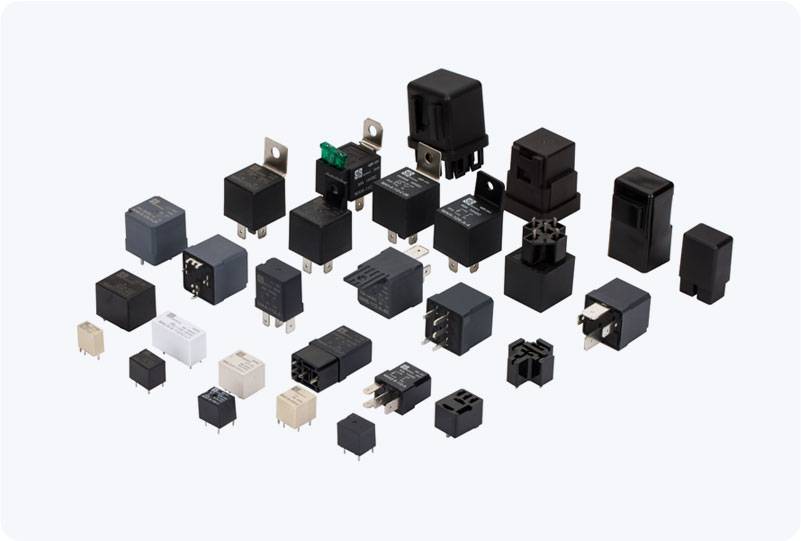The Battery Main Positive Relay is a critical component in various electrical systems, particularly in automotive and industrial applications. This relay is designed to control the flow of electricity between the battery and the rest of the electrical system. While it may appear as a minor component, it plays a crucial role in ensuring the safe and efficient operation of electrical systems, protecting sensitive components, and extending the life of the battery. In this article, we will explore the function, importance, and working of the Battery Main Positive Relay, as well as its applications in different industries.

What is a Battery Main Positive Relay? A Battery Main Positive Relay is an electromechanical switch that connects or disconnects the battery’s positive terminal from the electrical system of a vehicle or machinery. It is typically used to control high-current circuits and ensures that power is supplied to the system when needed. The relay operates by using an electromagnetic coil to control the opening and closing of contacts that manage the battery connection. When the relay is activated, it allows current to flow from the battery to the electrical system, powering various components such as the ignition system, lights, and other vital electronics. Conversely, when the relay is deactivated, it cuts off the power supply to prevent unnecessary battery drain and protect the system from overloading.